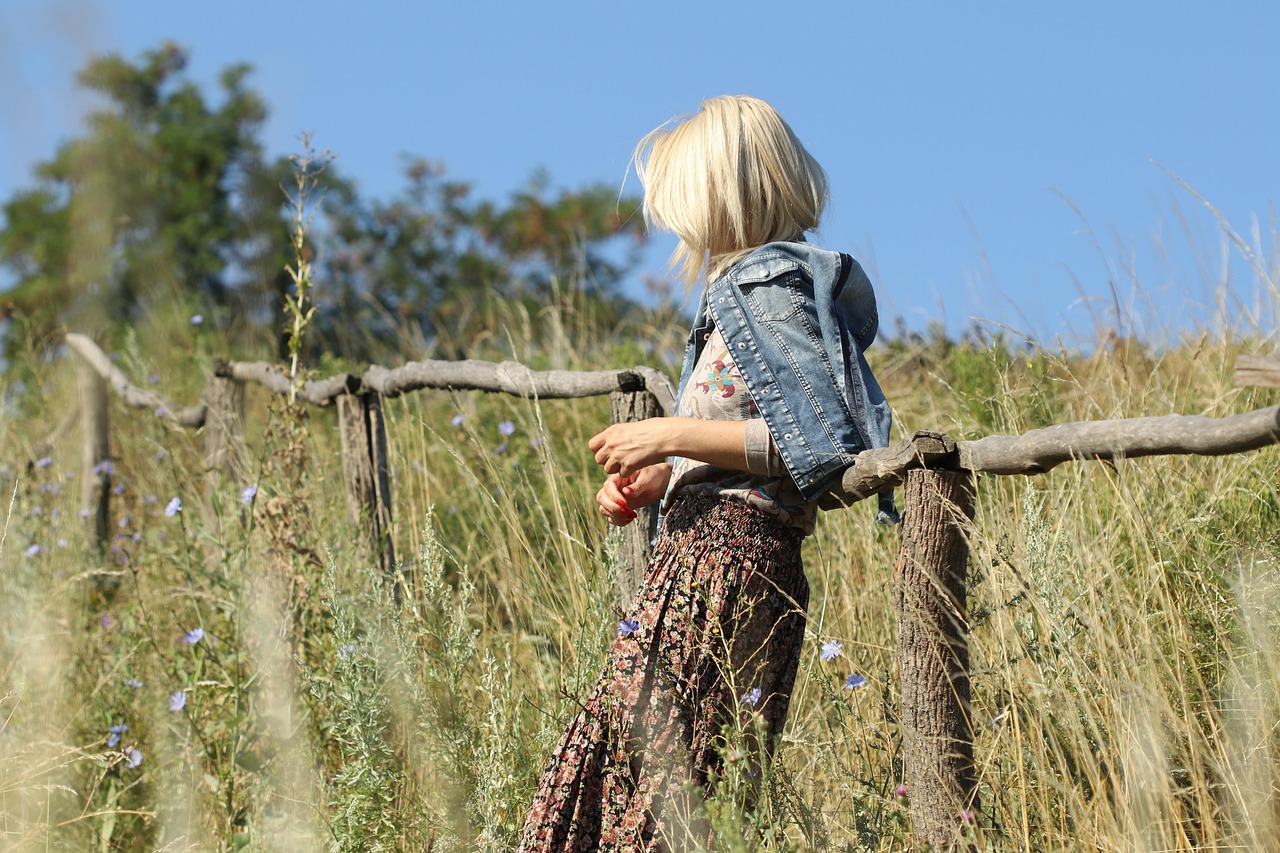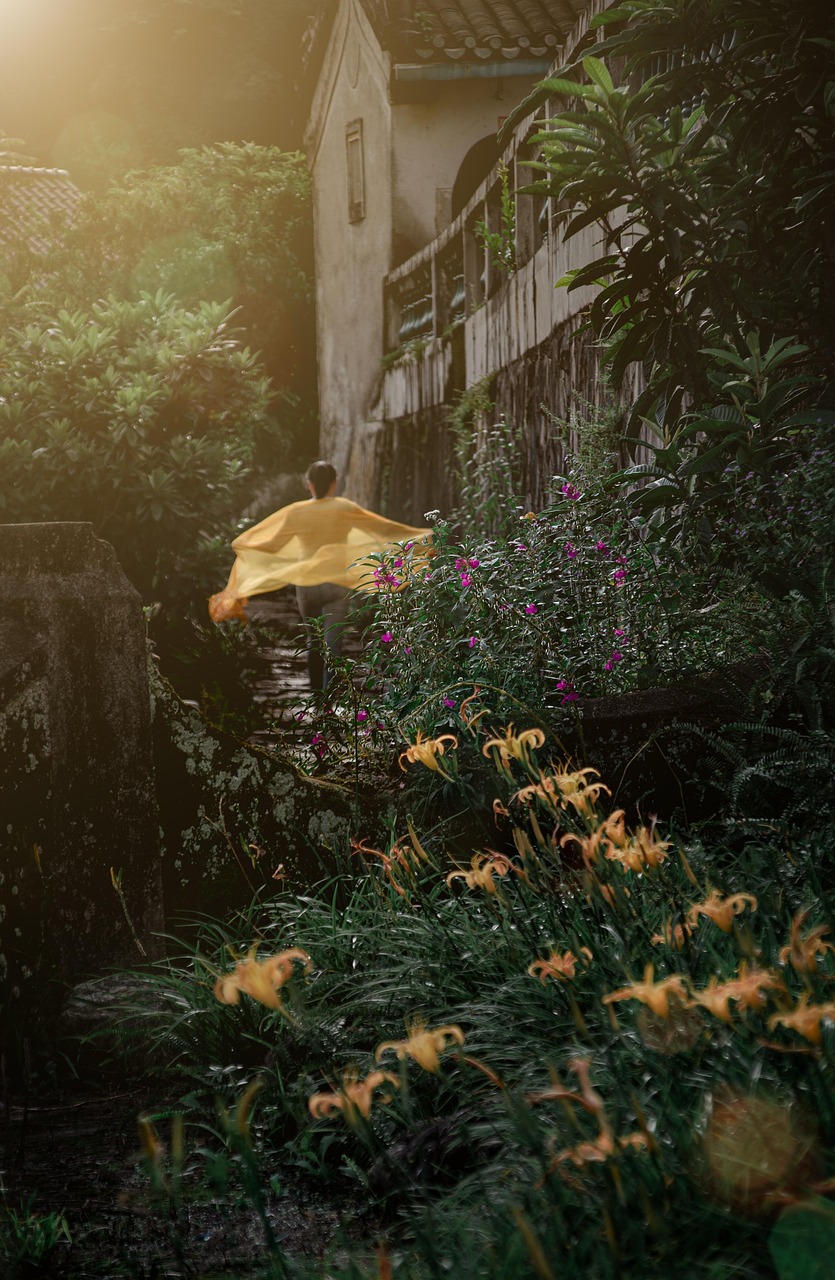TL;DR
- Always positively identify plants before consuming – when in doubt, don’t eat it
- Start with easily identifiable plants like dandelions, chickweed, and plantain
- Harvest ethically by taking only what you need and leaving plenty for wildlife
- Join local foraging groups or guided walks to learn from experienced foragers
- Check local regulations about foraging on public and private land
Foraging is a beautiful way to reconnect with the land, learn from the seasons, and discover the wild foods that often grow right under our feet. It’s not just about gathering ingredients — it’s about slowing down, paying attention, and appreciating nature’s quiet abundance. But before heading out with a basket in hand, it’s essential to understand that safe foraging requires knowledge, caution, and respect for the environment.
Safety First
The golden rule of foraging is simple: never eat anything unless you are 100% certain of its identification. Many edible plants have poisonous lookalikes, and even experienced foragers rely on multiple sources to confirm what they’ve found. Start in clean, unpolluted areas — avoid roadsides, industrial sites, or anywhere that may have been sprayed with chemicals. If you’re a beginner, stick to easy-to-recognize species like dandelions, plantain, and chickweed, and consider joining a local guided walk to build your skills with expert help.
Beginner-Friendly Edibles
Some wild plants are both abundant and beginner-friendly. Dandelions, for example, are entirely edible — from the bitter leaves to the sunny yellow flowers and even the roots, which can be roasted for a coffee-like drink. Plantain (not the banana-like fruit, but the low-growing weed) has broad leaves with prominent veins and a mild flavor perfect for salads. Chickweed offers tender, juicy greens dotted with tiny white flowers. In woodland areas, wild garlic fills the air with its unmistakable scent, while wood sorrel’s clover-shaped leaves add a tangy, lemony brightness to dishes.
Ethical Foraging
Foraging is about harmony, not exploitation. Always take only what you need, leaving at least two-thirds of a patch to ensure regrowth and to feed local wildlife. Avoid uprooting entire plants when leaves or stems will do, and steer clear of rare or protected species. Rotating your foraging spots prevents overharvesting in one area, and always ask permission before foraging on private land.
Quick ethical tips:
- Harvest lightly and sustainably
- Respect protected species and habitats
- Leave no trace behind
Tools of the Trade
While foraging doesn’t require expensive gear, a few simple tools can make the experience easier and more enjoyable. A region-specific field guide with clear photographs will be your most important companion. A small magnifying glass can help you examine key plant features, while a sharp pocketknife allows for clean cuts without damaging plants. Carry a basket or breathable cloth bag so seeds and spores can scatter as you walk, and keep a notebook to record what you find, when you find it, and any notes on taste or use.
Preparing Your Finds
Once home, clean all foraged foods thoroughly under running water. If you’re uncertain about a plant’s potential effects, try cooking it — heat can neutralize some mild irritants. Start with small amounts to ensure no allergic reaction occurs. Any surplus can be preserved by drying, freezing, or fermenting. Learning about traditional uses for each plant can also deepen your appreciation for what’s on your plate.
A Journey, Not a Race
Foraging is a skill that grows with time and patience. Start with a handful of easy plants, learn them well, and slowly expand your repertoire. Over time, you’ll begin to recognize plants by season, habitat, and even scent. More importantly, you’ll develop a closer connection to the landscapes around you — and that connection is the true reward of foraging.


